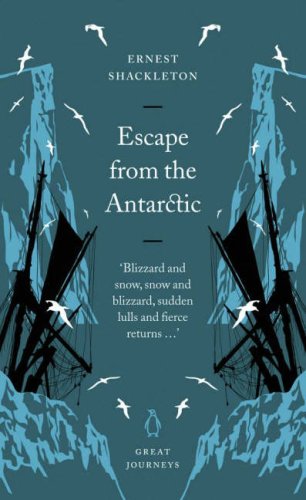Q ♦ The Snow Queen
 |
| The Snow Queen byElena Ringo http://www.elena-ringo.com [CC BY 3.0], via Wikimedia Commons |
" His stuff always makes me cry. :( " That was my summary note, on finishing "The Snow Queen." It's true; either his stories have aged well, or I have aged hardly, but Andersen always gets to me. I shouldn't have put this one off, and I'm glad it came early on in Deal Me In (while it's still winter in the Northwest!).
"The Snow Queen" was the original inspiration for Frozen. I love the story of Frozen, and I'm not sorry they deviated from the original, but "The Snow Queen" is as good a story as it is a different one. It starts with a magical mirror that distorts the viewer's sight, so that if they look into it, all they see is bad things. The mirror breaks into pieces that get scattered over the world and find their way into people's eyes and hearts, making them cold hearted. At the same time, two neighborhood children, Gerda and Kay, find their friendship split apart when Kay disappears while sledding in the snowy street. Gerda, who really loves Kay, decides to leave the safety of her home to search for him. She encounters strange obstacles of all kinds, as she braves summer and winter, temptation and fear, to find her lost friend.
Short of being a huge coincidence, the Snow Queen rings bells of the White Witch from The Lion, the Witch, and the Wardrobe. I was quite surprised, but it must have been C. S. Lewis's tribute to (may I call him?) the King of Fairytales: "'We have driven well,' said she, 'but why do you tremble? here, creep into my warm fur.' Then she seated him beside her in the sledge..." It is an extremely menacing gesture, because it is so seemingly kind. I don't want to be the reviewer who always looks for "loss of innocence" as the theme, but honestly, that was the vibe I got.
It is not just Kay who is taken away by a stranger; Gerda also encounters strangers who don't wish her well. I loved the fact that Andersen chose Gerda to be the "knight in shining armor" - not merely of her own doing, of course, but in part through her determination and faith. As in "The Wild Swans" (another favorite) and "The Little Mermaid," the little girl becomes a heroine. She doesn't need brute force, only what help she can find, and, in "The Snow Queen," prayer. It's also interesting that Andersen deliberately wrote Christian themes into the story: another parallel to LWW.
I think this has probably got a larger readership since the release of Frozen - still, "The Snow Queen" is quite an underrated fairytale.



Comments